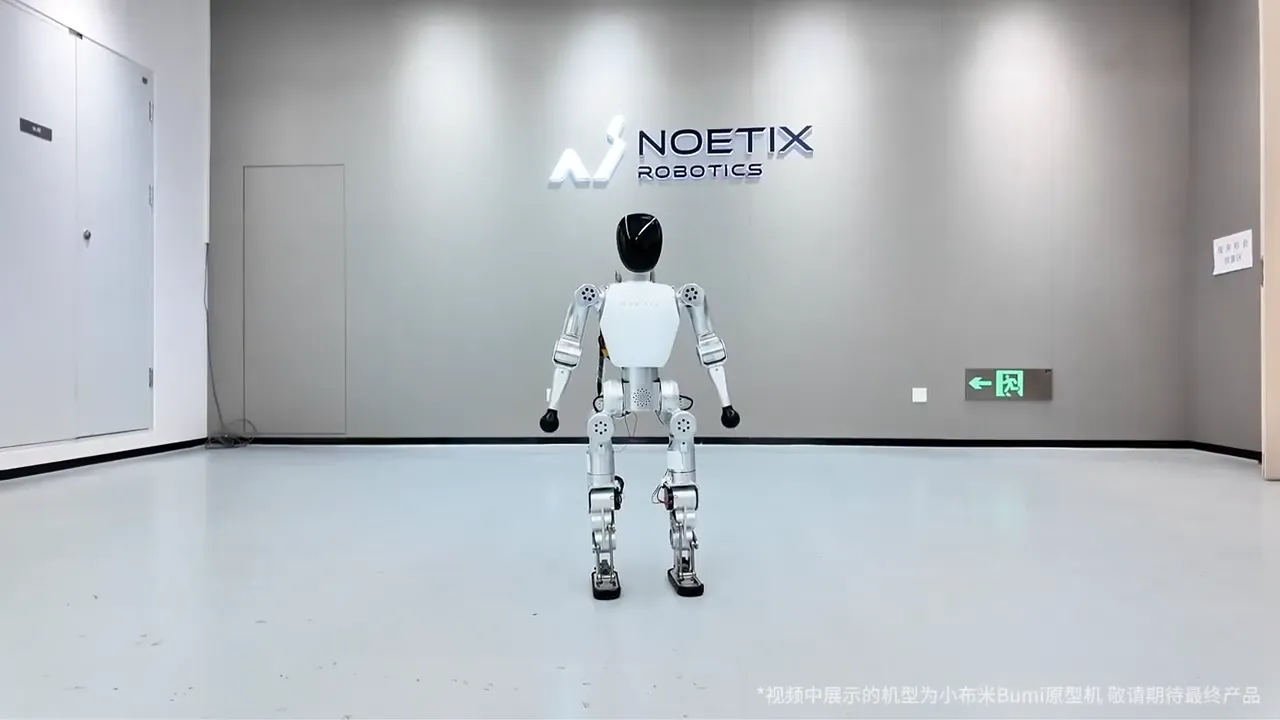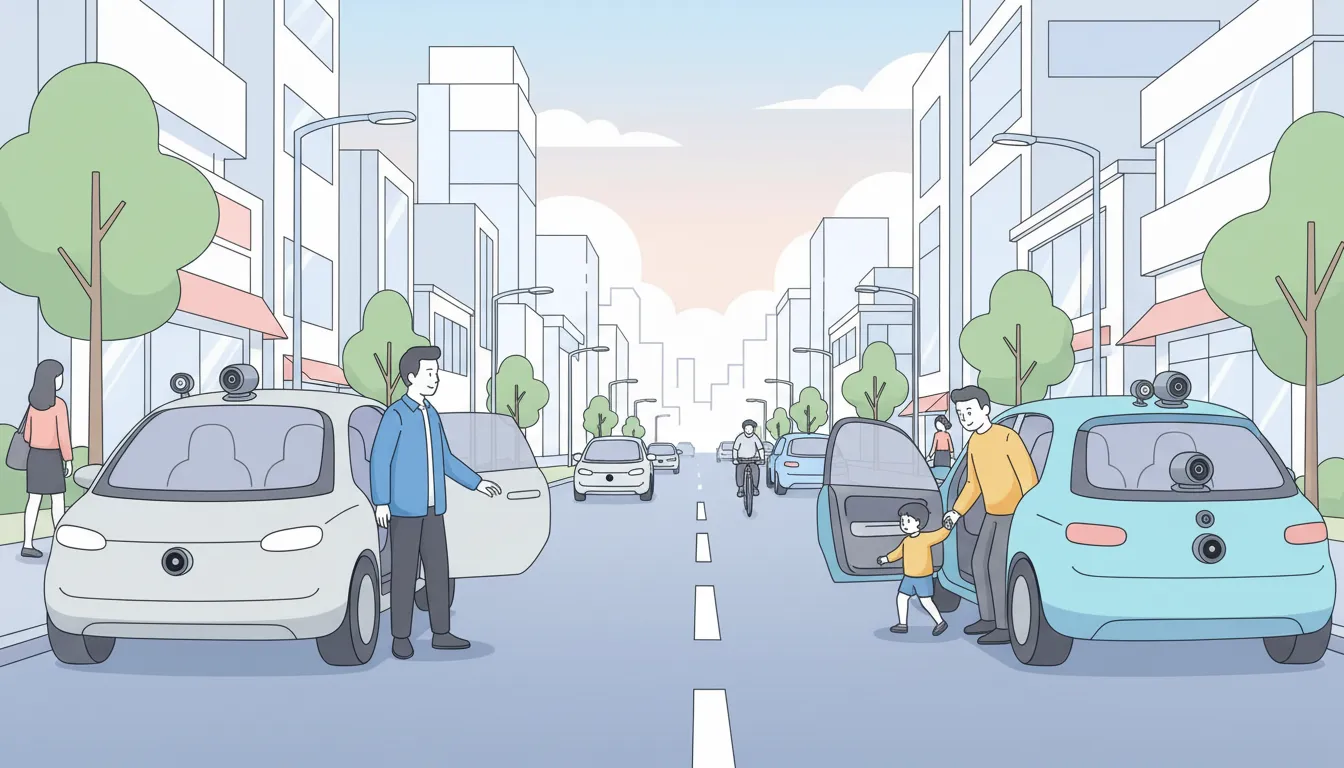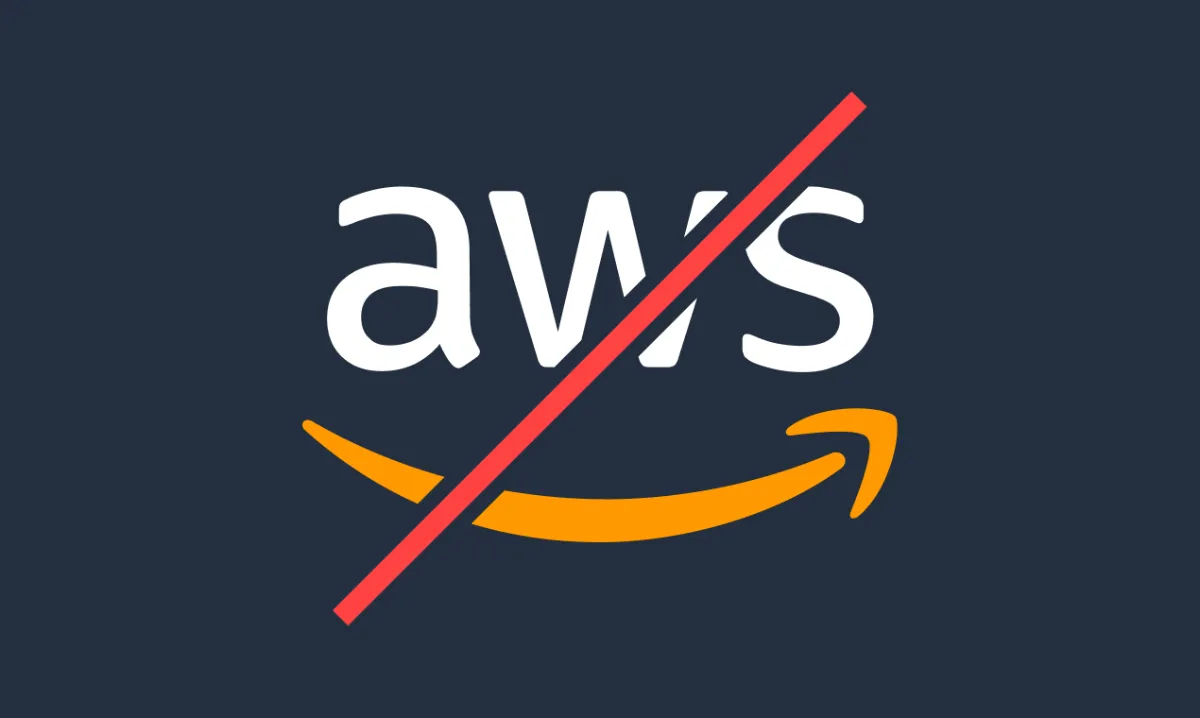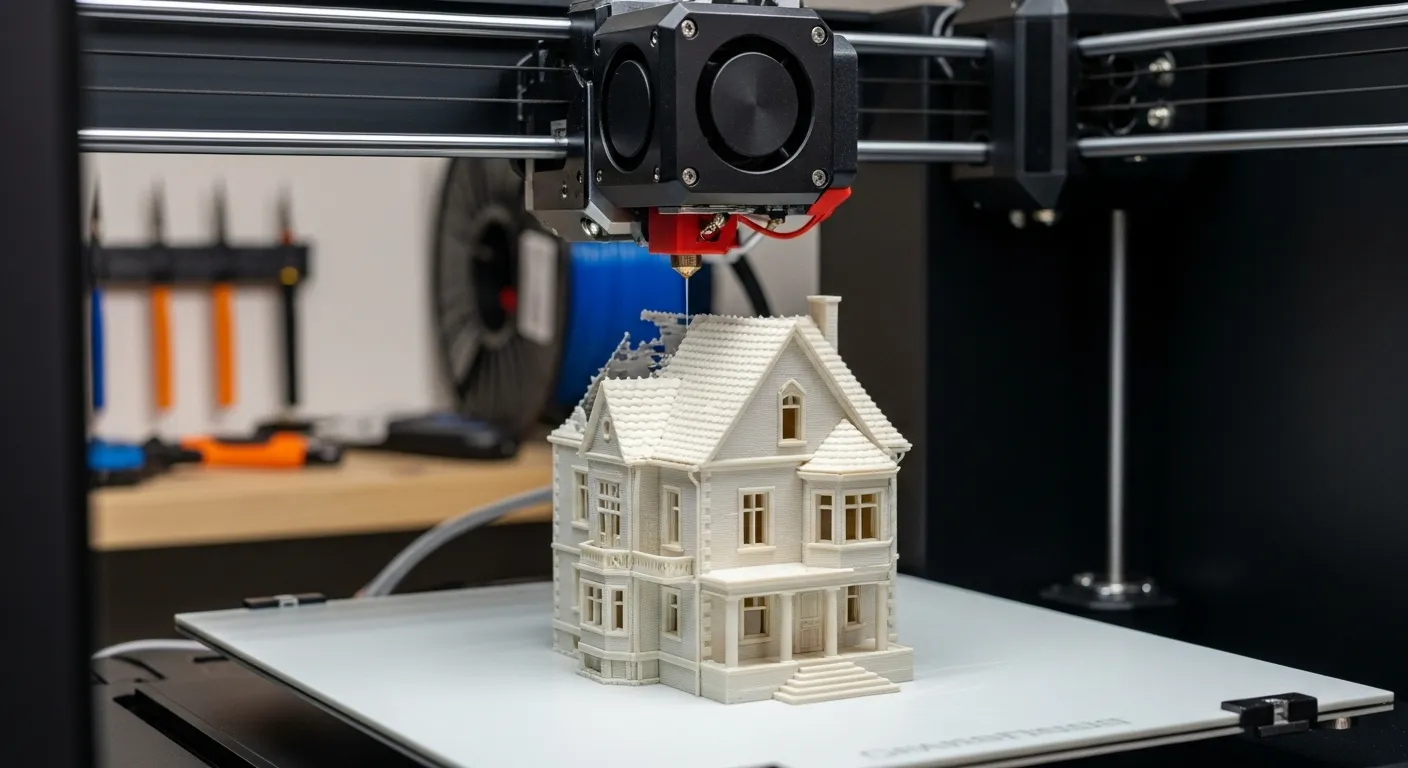- Noetix Robotics launched Bumi, the first truly accessible bipedal humanoid, priced at under $1,400 USD.
- Bumi is aimed at students, educators, developers, and families for learning and companionship.
- Specs vs. Price: Bumi is smaller and uses lightweight composite materials to achieve the low cost.
- N2 Comparison with Bumi
This might be the cheapest humanoid robot the world has ever seen. Once, humanoid robots belonged only to the distant future, or at best, to the fortified, multi-million dollar laboratories of tech giants. They were the stuff of science fiction and elite research, inaccessible to the everyday inventor, student, or family.
On a crisp October day, Chinese startup, Noetix Robotics unveiled their creation: Bumi. It might not be an industrial giant or an high-end warehouse worker, where business would love to have, but it could benefit enthusiasts, student or family.
Breaking the Sound Barrier of Price
The true story, however, lies in its price tag: under $1,400 USD (¥9,998 RMB).
This isn't just a discount—it's a revolution. It’s the difference between a research grant and a family purchase. By shattering the long-standing $10,000 price floor for sophisticated bipedal robots, Noetix has thrown down a challenge, effectively launching the "humanoid price wars." This dramatic reduction suggests a maturation in the robotics supply chain, leveraging lightweight composite materials and self-developed, cost-efficient actuators to make the impossible possible.
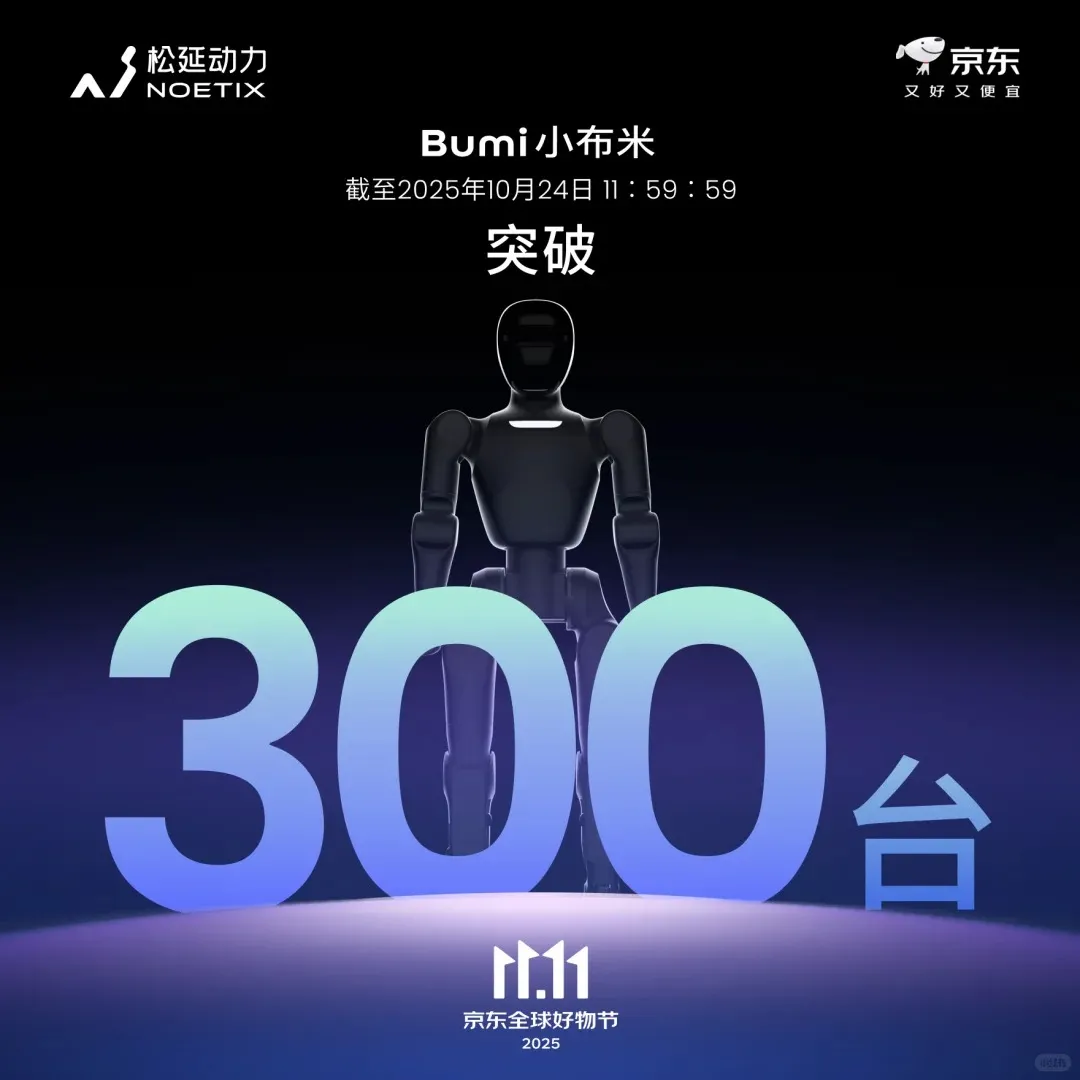
The Spark of a New Ecosystem
Bumi is more than just a cheaper robot; it’s a blank canvas for creativity.
Instead of being locked into a predefined role, Bumi's design makes it an immediate hit with three key groups:
- Educators and Students:
With an open programming interface and support for graphical programming, Bumi is poised to become the ultimate teaching tool for robotics, coding, and Artificial Intelligence. It transforms abstract concepts into tangible, walking, and dancing realities. - Researchers and Developers:
For years, a high cost limited real-world hardware experimentation. Now, developers have an accessible platform featuring 21 degrees of freedom, on-board vision and voice recognition, to test their cutting-edge motion control and AI algorithms. - Families and Hobbyists:
Imagine a robot companion capable of smooth, coordinated dancing or engaging in voice interaction. Bumi brings the sci-fi dream into the living room, acting as a dynamic centerpiece for entertainment and learning.
Specs Showdown: Bumi vs. N2
Bumi might look physically similar to its older, more performance-focused sibling, the N2. While the N2 aimed for athletic ability, the Bumi prioritizes accessibility and mass-market use, defining two distinct markets for Noetix.
The key takeaway is that Bumi achieves its disruptive price by embracing smaller, lighter frame and focusing its technological prowess on interaction and development rather than industrial-grade power or record-breaking speed.
The Pricing Canyon: Bumi vs. The Competition
To truly grasp the scale of Noetix’s disruption, one must look at the price tags of the robots standing just one step above Bumi. Before today, the $5,000 mark was the absolute floor for a functional, research-grade bipedal platform. Bumi did not just undercut the competition; it established a new, previously unthinkable entry point.
The gap between the $1,400 Bumi and the next cheapest humanoids is a pricing canyon. Its nearest rivals are still several times more expensive, serving entirely different markets focused on specialized performance or serious R&D, not mass consumer adoption.
Will Affordability Spark the Revolution?
Noetix Robotics has effectively changed the playing field. They have created a more accessible platform, not just a product. By focusing affordability and the open-source community, Bumi poised to become the key training tool for the next generation of engineers, students, and hobbyists. This strategy echoes the early days of personal computing, where the goal was not to sell a supercomputer to a major corporation, but to get a small, accessible machine into every garage.
The immediate reaction from rivals like Unitree (with its $5,900 R1) and tech giants investing tens of thousands into their prototypes will be one of urgency. They now face a choice: do they maintain their focus on high-margin industrial applications, or do they scramble to meet the new $1,400 consumer price floor?
